B788Ag1: brakes
Ag2: reverse thrust
Ag3/4/5: landing gear lights/Strobe lights/ Ag5 Can be customised
Ag6: Front gear turn
Ag7: can be Customized
Ag8: engines and navigation lights
Takeoff Speed: 150 mph
Cruising Speed: 200+ mph
Landing Speed: 170 mph
Stall speed: 100+
About the 787
From wiki
After dropping its unconventional Sonic Cruiser project, Boeing announced the conventional 7E7 on January 29, 2003, which focused largely on efficiency. The program was launched on April 26, 2004, with an order for 50 aircraft from All Nippon Airways (ANA), targeting a 2008 introduction. On July 8, 2007, a prototype 787 without major operating systems was rolled out; subsequently the aircraft experienced multiple delays, until its maiden flight on December 15, 2009. Type certification was received in August 2011, and the first 787-8 was delivered in September 2011 and entered commercial service on October 26, 2011, with ANA.
At launch, Boeing targeted the 787 with 20% less fuel burn compared to aircraft like the Boeing 767. It could carry 200 to 300 passengers on point-to-point routes up to 8,500 nautical miles [nmi] (15,700 km; 9,800 mi), a shift from hub-and-spoke travel. The twinjet is powered by General Electric GEnx or Rolls-Royce Trent 1000 high-bypass turbofans. It is the first airliner with an airframe primarily made of composite materials and makes greater use of electrical systems. Externally, it is recognizable by its four-window cockpit, raked wingtips, and noise-reducing chevrons on its engine nacelles. Development and production rely on subcontractors around the world more than for previous Boeing aircraft. Since March 2021 final assembly has been at the Boeing South Carolina factory; it was formerly in the Boeing Everett Factory in Washington.
The initial 186-foot-long (57 m) 787-8 typically seats 248 passengers over a range of 7,305 nmi (13,529 km; 8,406 mi), with a 502,500 lb (227.9 t) MTOW compared to 560,000 lb (250 t) for later variants. The stretched 787-9, 206 ft (63 m) long, can fly 7,565 nmi (14,010 km; 8,706 mi) with 296 passengers; it entered service on August 7, 2014, with All Nippon Airways. The further stretched 787-10, 224 ft (68 m) long, seating 336 over 6,330 nmi (11,720 km; 7,280 mi), entered service with Singapore Airlines on April 3, 2018.
Early 787 operations encountered several problems caused mainly by its lithium-ion batteries, including fires onboard some aircraft. In January 2013, the U.S. FAA grounded all 787s until it approved the revised battery design in April 2013. Significant quality control issues from 2019 onward caused a production slowdown and, from January 2021 until August 2022, an almost total cessation of deliveries. The first hull loss of the aircraft occurred on June 12, 2025, with Air India Flight 171.
Boeing has spent $32 billion on the program; estimates for the number of aircraft sales needed to break even vary between 1,300 and 2,000. As of June 2025, the 787 program has received 2,199 orders and made 1,198 deliveries.

Specifications
Spotlights
- CaptainNoble 5 months ago
- Zerkk 5 months ago
- dabestsock 5 months ago
General Characteristics
- Predecessor Boeing 787-8 Dreamliner
- Created On Android
- Wingspan 198.3ft (60.4m)
- Length 187.9ft (57.3m)
- Height 56.4ft (17.2m)
- Empty Weight 116,561lbs (52,871kg)
- Loaded Weight 225,001lbs (102,059kg)
Performance
- Power/Weight Ratio 0.329
- Wing Loading 50.5lbs/ft2 (246.4kg/m2)
- Wing Area 4,457.6ft2 (414.1m2)
- Drag Points 1531
Parts
- Number of Parts 421
- Control Surfaces 13
- Performance Cost 1,801

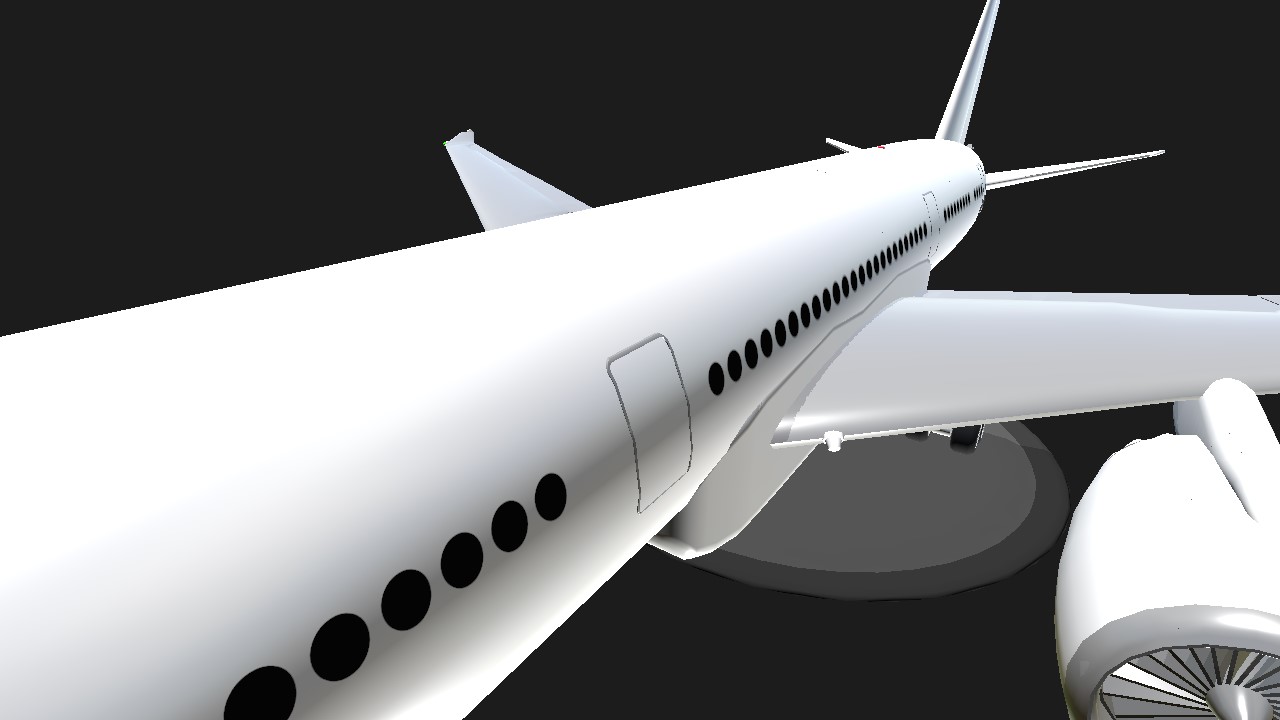
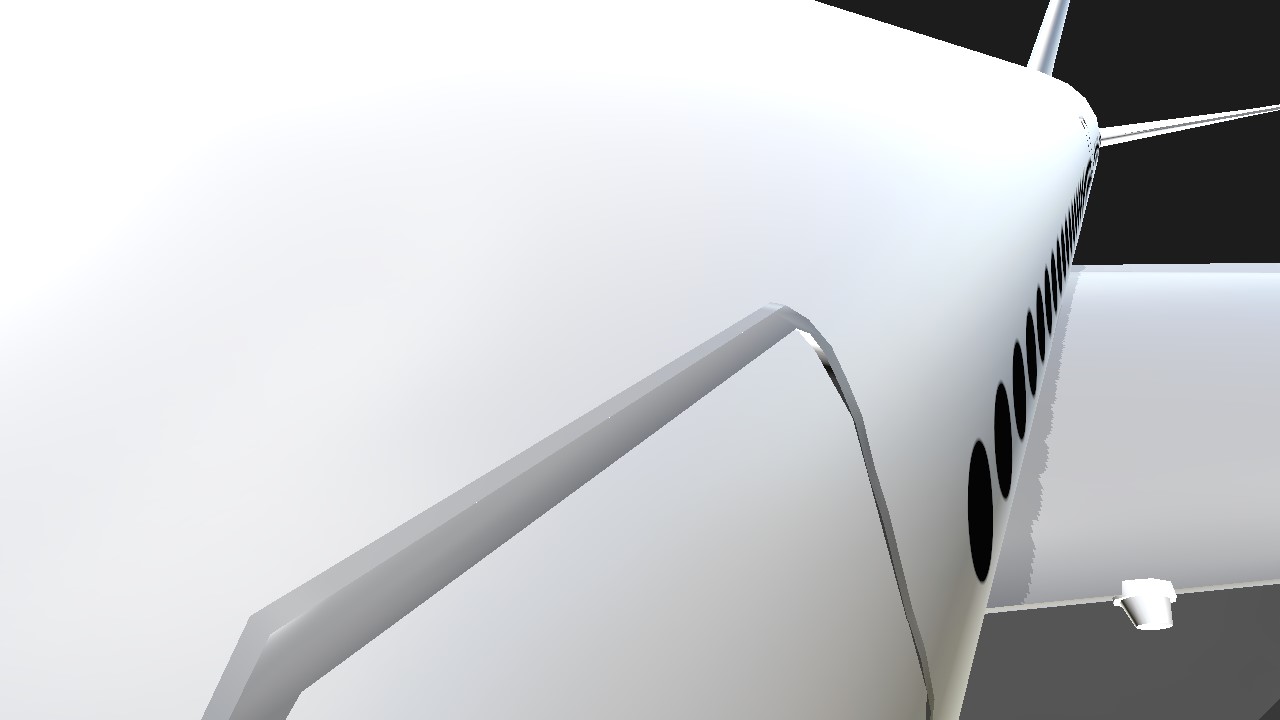
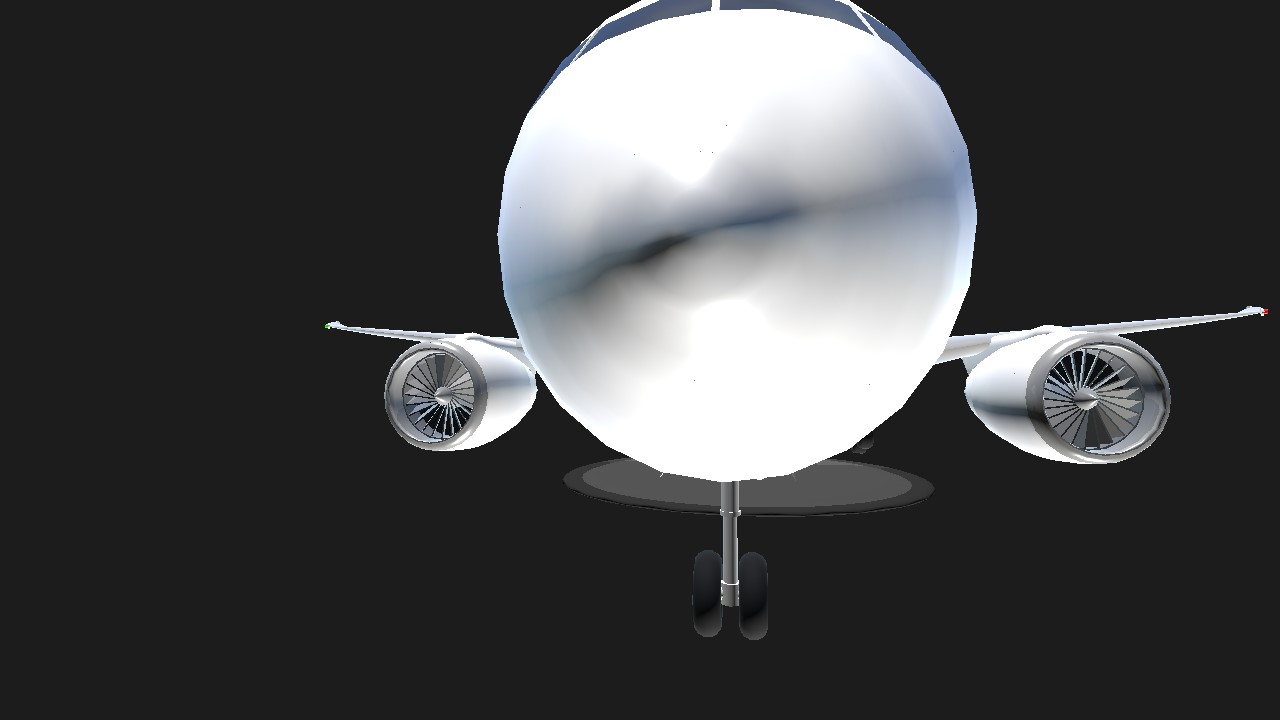

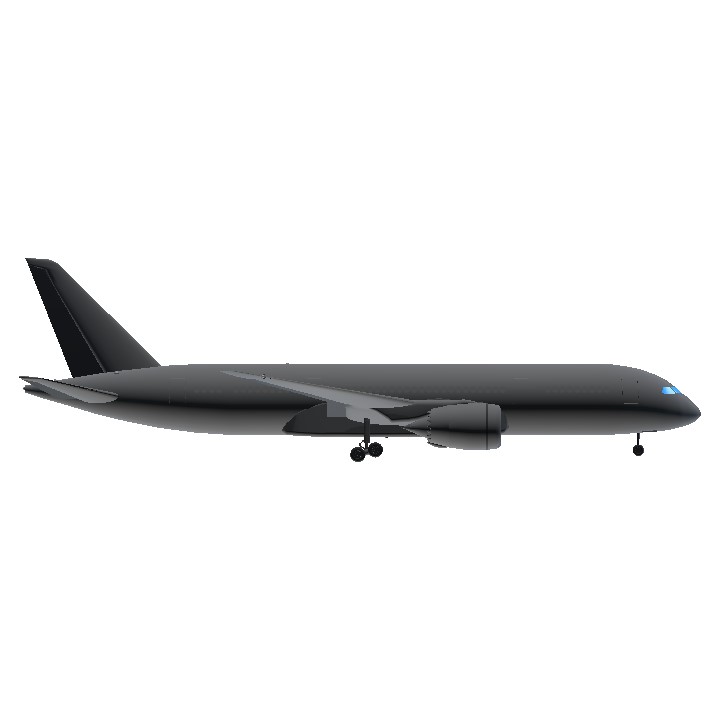
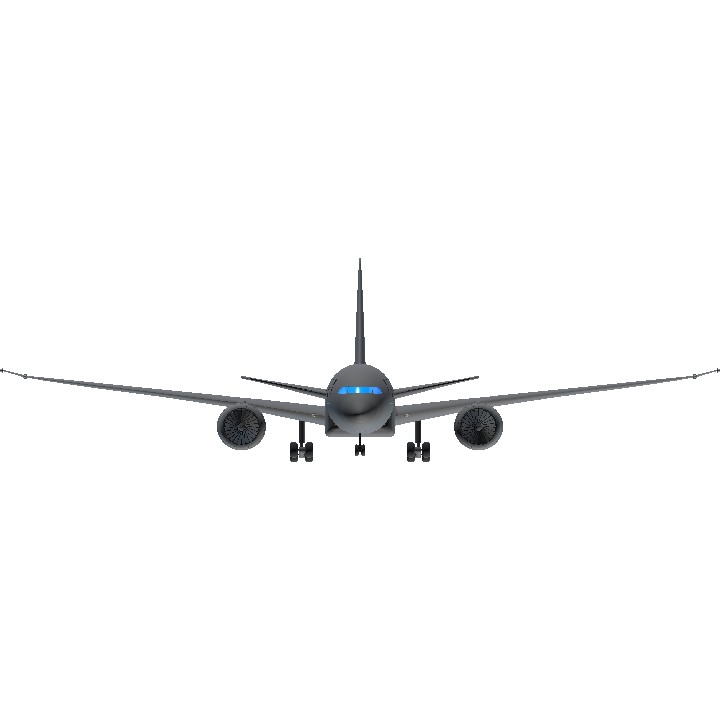
@dabestsock sure! I can do dc8 soon!
@AkhiraTan0232
Could you make a Kawasaki P-1 DC-8